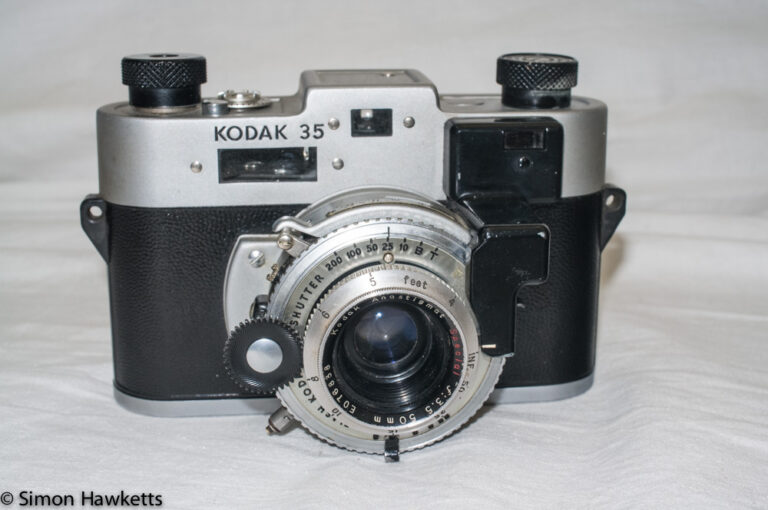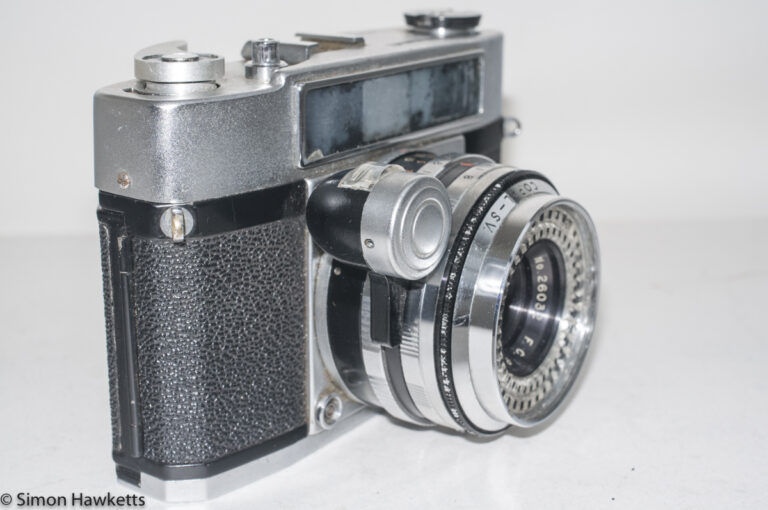Miranda Sensoret 35mm camera
The Miranda Sensoret is a small, compact 35mm camera and was the only rangefinder model that Miranda made. It was available in chrome and black; this article reviews the chrome model.
Miranda Sensoret Images
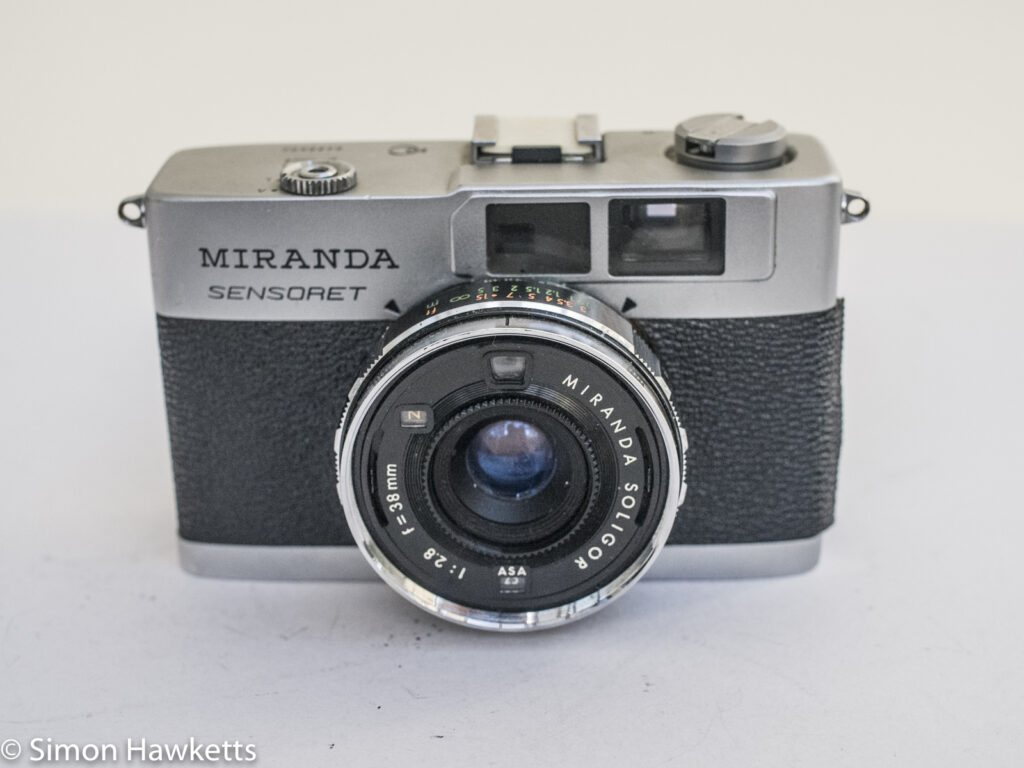
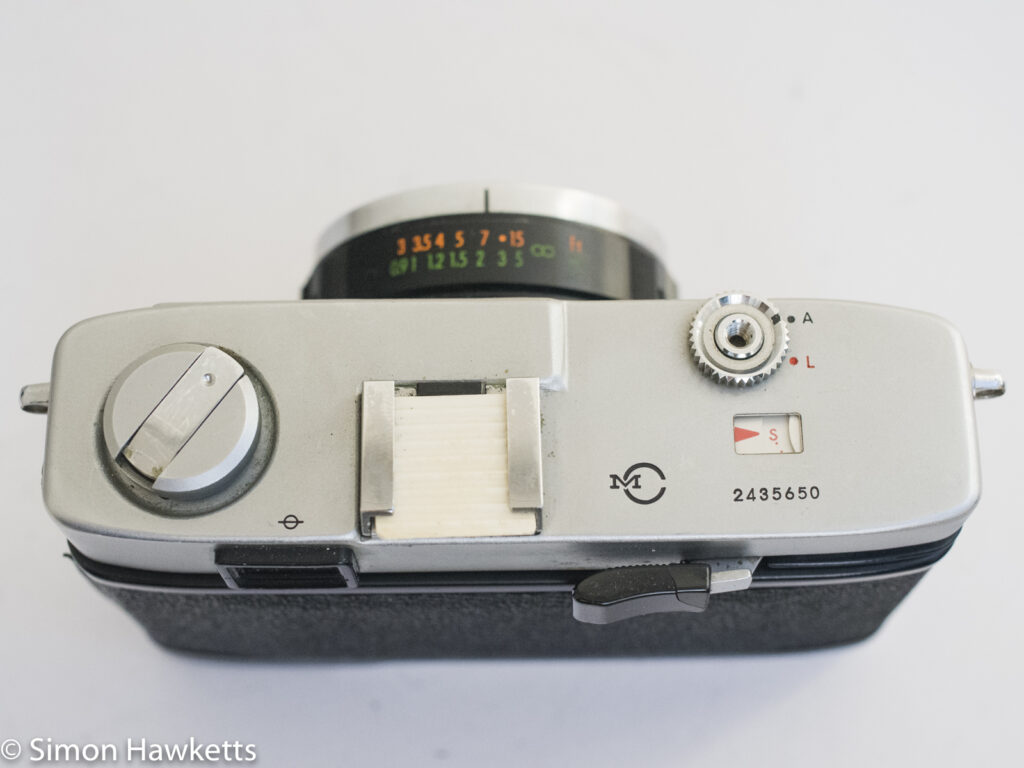
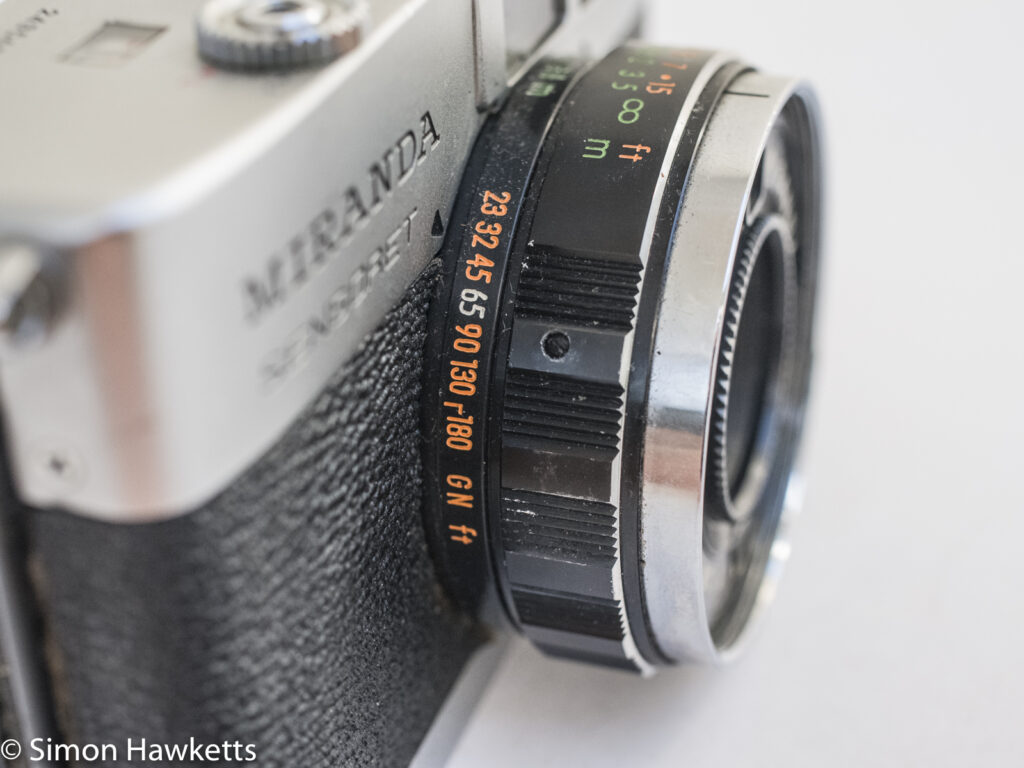
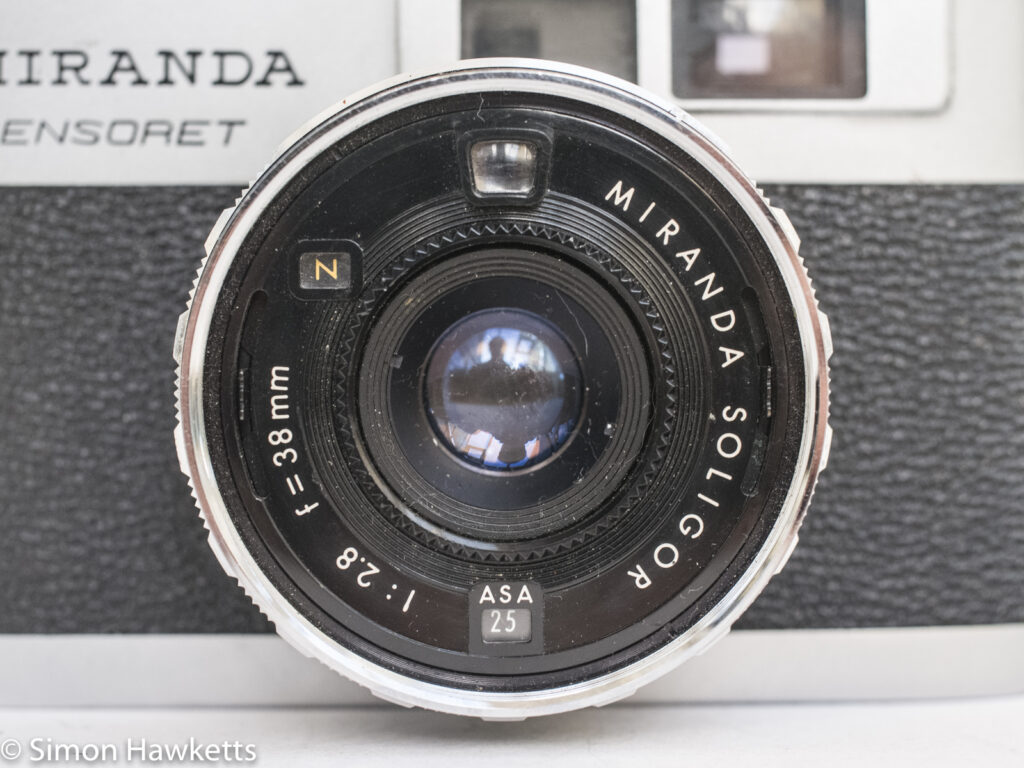

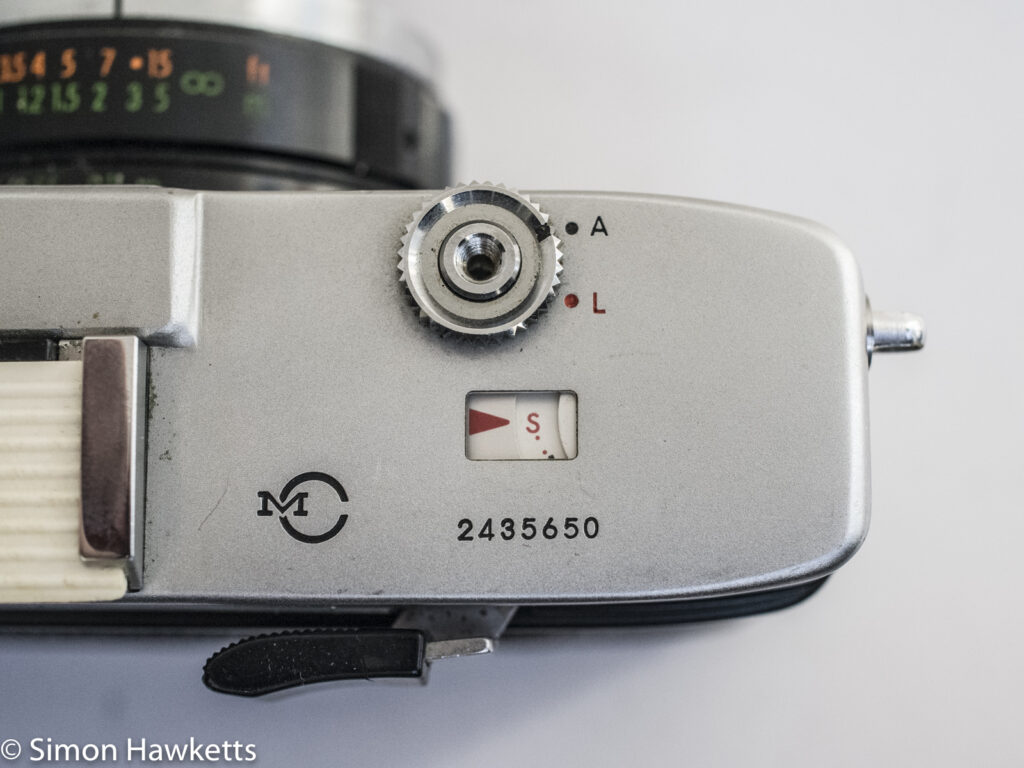
My Miranda Sensoret Camera
I found this camera on eBay amongst a series of cameras all being sold by the same person. They were all marked as ‘spares or repair’ and seemed to belong to a collection they had acquired and were disposing of. I almost missed the Sensoret amongst the other cameras but, as a Miranda collector, I am glad I didn’t because they are not an easy camera to find. I’ve only seen two appear on eBay over the last year and both of those were from other European countries and had a high ‘Buy it now’ price. Because of its rarity I placed a bid of £20 on it but in the end no one else wanted it so I managed to secure it for only the opening price of £6.
When it arrived I found the ‘spares or repair’ description was well warranted, the film advance is jammed and the shutter release button doesn’t operate. It may be possible to fix it – I’ll get it apart soon and have a look, but in the meantime, at least I have a display copy.
Other than it’s non working condition, the camera is fairly clean and tidy with all the other controls apparently working as expected.
Miranda Sensoret Description.
This description of the Sensoret is based on my own analysis of the camera. The one bit of information I could glean from Mr. Google is the date of manufacture, which was between 1972 and 1975. As I discover more information about the camera, and/or if I manage to fix it, I’ll update this article appropriately.
The Sensoret is typical of the small rangefinder cameras which were quite popular in the early 1970s, being convenient to keep in a pocket or bag, and capable of giving great results. This model has a 38mm Miranda/Soligor f/2.8 lens which is wider than the standard lens on many similar cameras available at the time, which were typically around 45mm.
The exposure system is fully automatic, with a light-cell fitted in the top of the lens mount. This was a typical location for light cells in these style cameras, and is useful because it allows filters to be automatically compensated for. Something non-typical with this model however is the inclusion of an exposure compensation dial mounted in the front of the lens mount as well. I’ve never seen this in this style of camera before, although my experience of small rangefinders is not exhaustive. I assume it works by shifting the ASA dial by a stop either direction and although I thought that would mean it wouldn’t work at the extreme of the scale, it turns out that it can. I guess the meter range is a stop over the range the camera can be set to.
In the bottom of the camera is a battery compartment to house the battery which drove the exposure system. The cover is marked ‘HM-N or RM640’ which is the original battery type fitted. I’ve tried, without success so far, to find a modern equivalent because there is a remote possibility that the shutter fault may be because the camera needs the battery to work.
In common with several cameras of the same vintage, when fitted with an external flash, the guide number of the flash is dialled into the camera using a ring round the back of the lens and the camera sets the exposure automatically based on the power of the flash.
The focus range adjustment of the camera is quite highly geared, with only about 45 deg adjustment covering the full range the camera will focus. In the viewfinder, the focus display is one of the clearest I’ve seen with a nicely bright area in the centre which shows the second image, making it quite easy to see the alignment of the two images as focus is achieved.
The viewfinder also shows an indicator at the bottom of the display, showing the aperture the camera has chosen for the exposure. An oddity of my example of the camera is that as the focus is adjusted the aperture display changes between f/2.8 and f/22, but I believe this is because of the broken nature of the camera rather than the normal behaviour. When it’s working normally, I think this just displays the aperture chosen and would change with the light level.
All in all this is a nice, although not exceptional 35mm rangefinder with a couple of stand out features, the main one being the +/- one stop exposure compensation.
Miranda Sensoret Spec
- Miranda Sensoret 35mm small rangefinder camera
- 38mm f/2.8 Miranda/Soligor lens
- Fully automatic exposure
- Guide number driven flash auto exposure
- +/- one stop exposure compensation
- Auto reset frame counter
- Shutter release lock
- Hot shoe flash socket
- Short focus adjustment from inf to 0.9M
- ASA range 25 to 800
- Light cell within lens mount to automatically compensate for filter
- Light meter powered by 2 x HM-N or RM640 battery
- Ser No: 2435650
- Manual available on-line here
Discover more from Everything Vintage
Subscribe to get the latest posts sent to your email.




